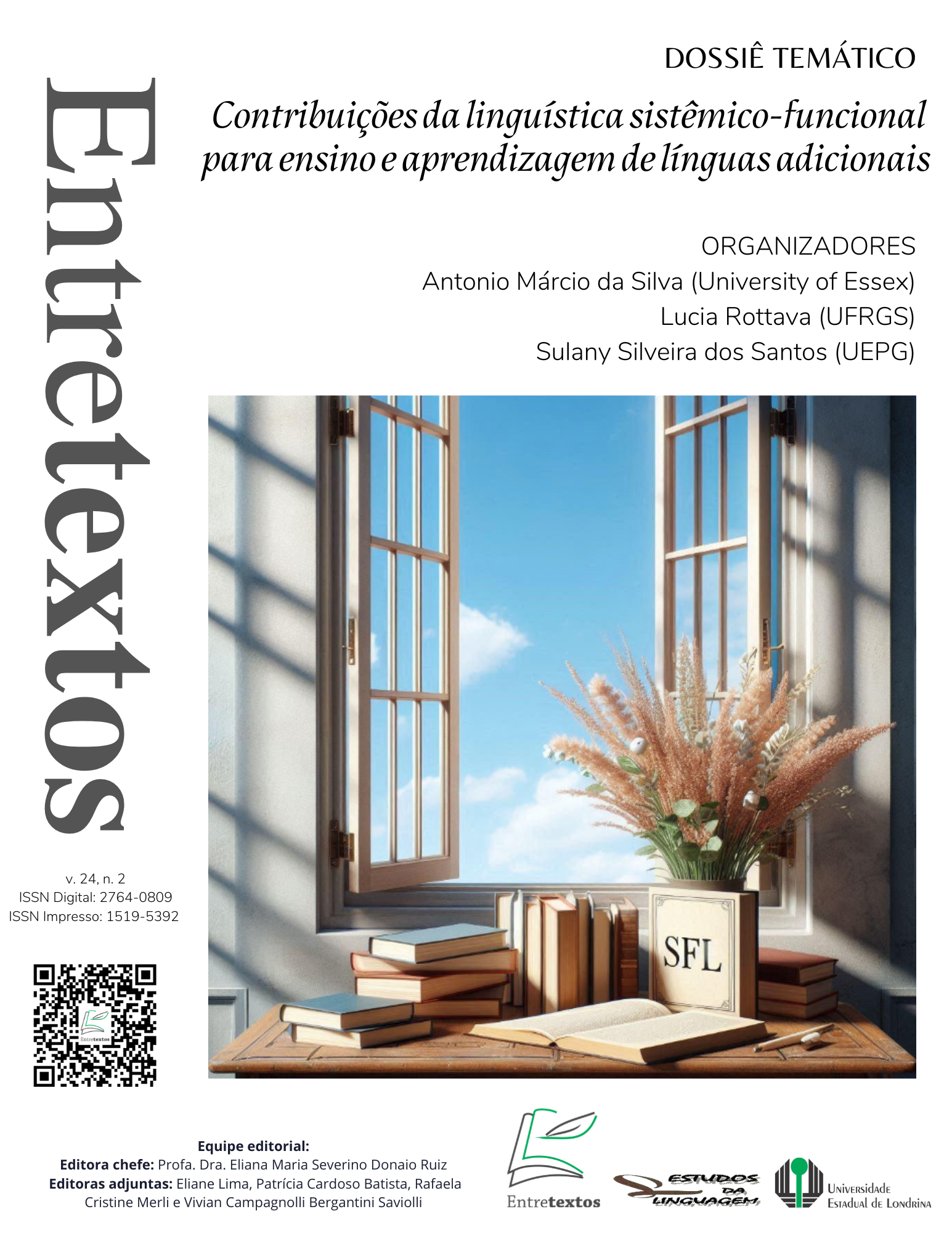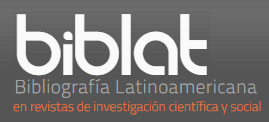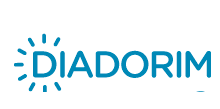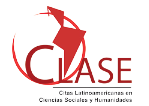Didactic infographic and its sociocommunicative purpose in English reading instruction: a multimodal and systemic-functional perspective
DOI:
https://doi.org/10.5433/1519-5392.2024v24n2p120-145Keywords:
didactic infographic, multimodality, genre-based pedagogyAbstract
Considering the importance of multimodal literacy development, this study aims to provide a general analysis of a didactic infographic and the instructions guiding the multimodal reading of this text in a textbook. The theoretical and methodological foundations of Systemic Functional Linguistics (Halliday; Matthiessen, 2014; Fuzer; Cabral, 2014), Genre-based Pedagogy from the Sydney School (Martin; Rose, 2008; Rose; Martin, 2012), and the multimodal approach of Visual Design Grammar (Kress; Van Leeuwen, 2021; Kress, 2010) allowed for a qualitative study that revealed the use of image, verbiage, and intermodal articulation in constructing meanings in the infographic. The identified socio-communicative purpose was to Explain, mainly through Conditional Explanations. The instructions for multimodal reading focus on the participant "you," directed at the student, who is invited to engage in creative and cognitive actions instantiated, respectively, by material and mental processes. However, the analysis identified a gap in the effective reading approach of multimodal elements leading to the socio-communicative purpose of the text, requiring teacher intervention. This study proposes contributions to teacher training, emphasizing the possibility of exploring multimodality in textual genres and considering it to develop literacy.
Downloads
References
BRASIL. Ministério da Educação. Base nacional comum curricular. Brasília, DF: MEC, 2018.
CAVALCANTI, B. A. P. A pedagogia de gêneros da escola de Sydney em aulas de inglês para fins específicos: um voo sistêmico-funcional. 2016. Tese (Doutorado em Linguística, Letras e Artes) - Universidade Federal do Rio Grande do Norte, Natal, 2016. Disponível em: https://repositorio.ufrn.br/handle/123456789/21603. Acesso em: 20 mar. 2024.
CHRISTIE, F.; DEREWIANKA, B. School discourse: learning to write across the years of schooling. London: Continuum, 2008.
EGGINS, S. Introducción a la lingüística sistémica. Tradução de Felipe Alcántara. Logroño: Universidad de La Rioja, 2002.
FREIRE, P. Pedagogia da esperança: um reencontro com a pedagogia do oprimido. São Paulo: Paz e Terra, 2014.
FUZER, C.; CABRAL, S. C. R. S. Introdução à gramática sistêmico-funcional em língua portuguesa. Campinas: Mercado das Letras, 2014.
HALLIDAY, M. A. K. Language as social semiotic: the social interpretation of language and meaning. London: Edward Arnold, 1978.
HALLIDAY, M. A. K.; HASAN, R. Language, context, and text: aspects of language in a social-semiotic perspective. Oxford: Oxford University Press, 1989.
HALLIDAY, M. A. K.; MATTHIESSEN, C. M. I. M. Halliday's introduction to functional grammar. 4th ed. New York: Routledge, 2014.
KRESS, G. Multimodality: a social semiotic approach to contemporary communication. New York: Routledge, 2010.
KRESS, G.; VAN LEEUWEN, T. Reading images: the grammar of visual design. 2nd ed. New York: Routledge, 2006.
KRESS, G.; VAN LEEUWEN, T. Reading images: the grammar of visual design. 3th ed. New York: Routledge, 2021.
MARTIN, J. R.; ROSE, D. Genre relations: mapping culture. London: Equinox, 2008.
PAIVA, V. L. M. O. Manual de pesquisa em estudos linguísticos. São Paulo: Parábola, 2019.
RAMOS, M. B. A. Infográficos em livros didáticos para o ensino de leitura em língua inglesa: uma análise multimodal e sistêmico-funcional. 2023. Dissertação (Mestrado em Letras) - Universidade Federal de São Paulo, Guarulhos, 2023. Disponível em: https://repositorio.unifesp.br/handle/11600/67477. Acesso em: 20 mar. 2024.
ROSE, D. Languages of schooling: embedding literacy learning with genre-based pedagogy. European Journal of Applied Linguistics, Berlim, v. 6, n. 1, p. 59-89, 2018. DOI 10.1515/eujal-2017-0008.
ROSE, D.; MARTIN, J. R. Learning to write, reading to learn: genre, knowledge and pedagogy in the Sydney school. Sheffield: Equinox, 2012.
SERAFINI, F. Beyond the visual: an introduction to researching multimodal phenomena. New York: Teachers College Press, 2022.
SERAFINI, F. Reading the visual: an introduction to teaching multimodal literacy. New York: Teachers College Press, 2014.
UNSWORTH, L. Intermodal relations, mass and presence in school science explanation genres. In: ZAPPAVIGNA, M.; DREYFUS, S. Discourses of hope and reconciliation: J. R. Martin's contribution to systemic functional linguistics. London: Bloomsbury, 2020.
VALVERDE, I. (ed.). English and more!: 6. ano: manual do professor. São Paulo: Richmond Educação, 2018.
Downloads
Published
How to Cite
Issue
Section
License
Copyright (c) 2024 Maria Beatriz de Azevedo Ramos, Maria Eugenia Batista

This work is licensed under a Creative Commons Attribution 4.0 International License.
Entretextos adota a Licença Creative Commons Attribution 4.0 International, portanto, os direitos autorais relativos aos artigos publicados são do/s autor/es.
Sob essa licença é possível: Compartilhar - copiar e redistribuir o material em qualquer suporte ou formato. Adaptar - remixar, transformar, e criar a partir do material, atribuindo o devido crédito e prover um link para a licença e indicar se mudanças foram feitas.
























